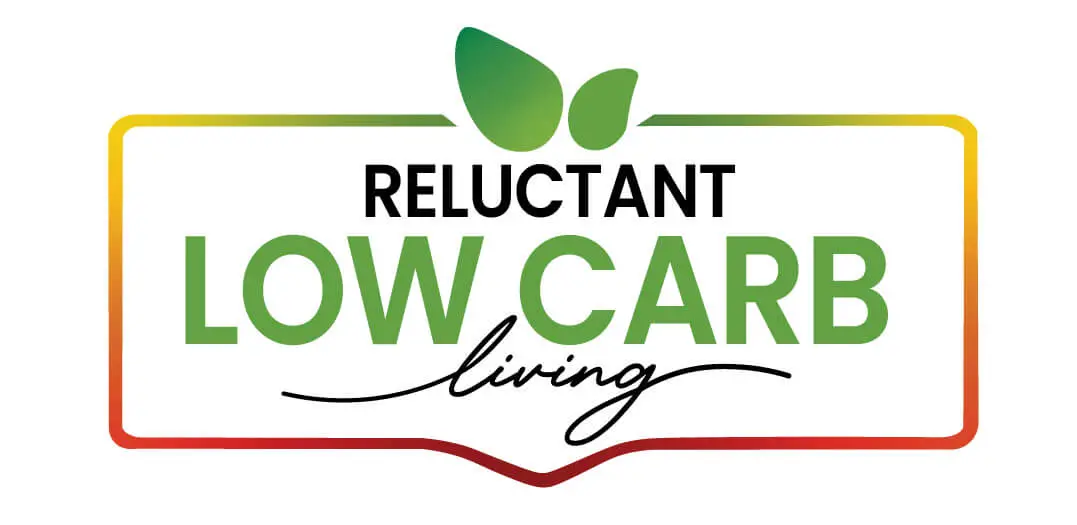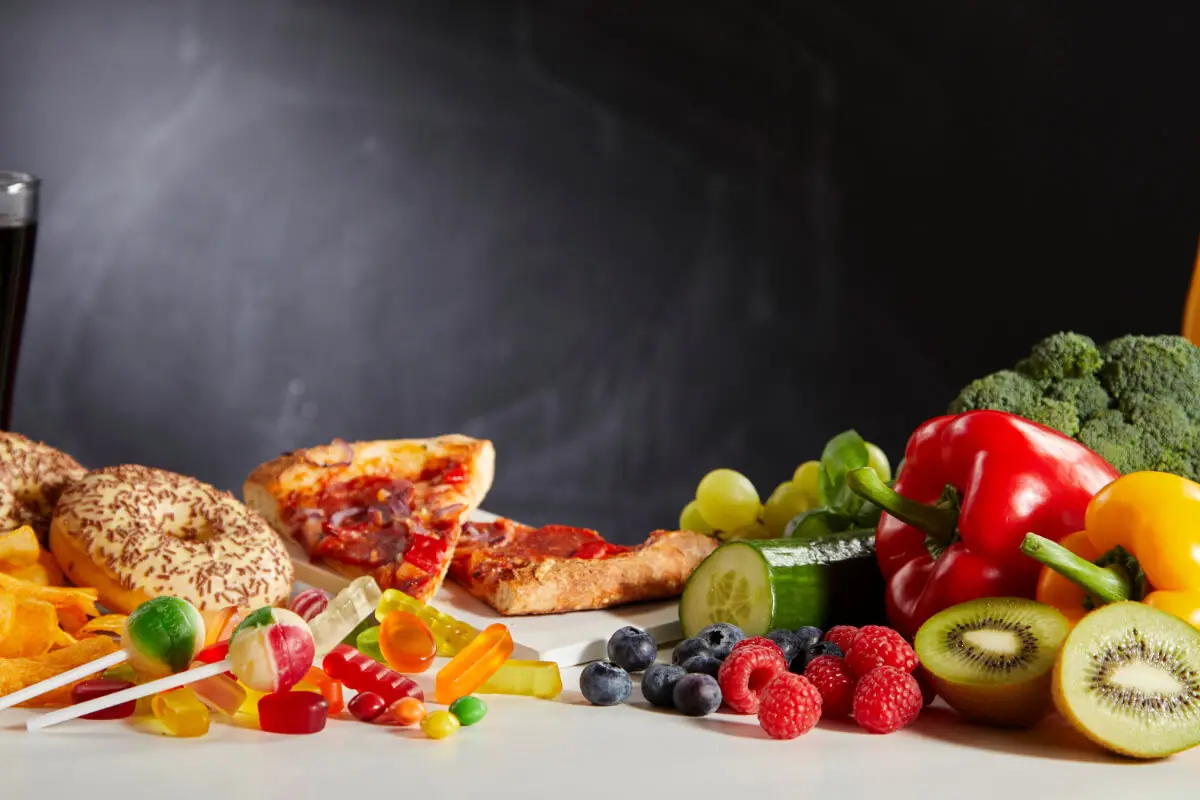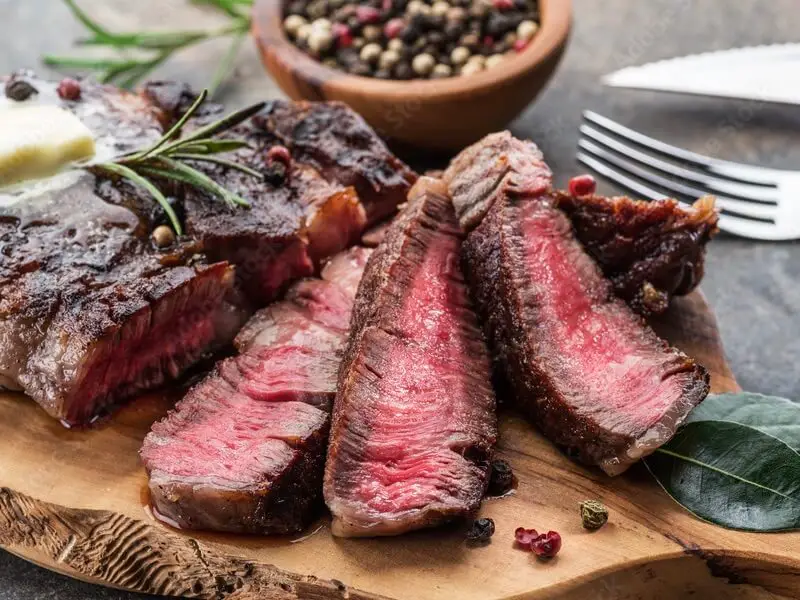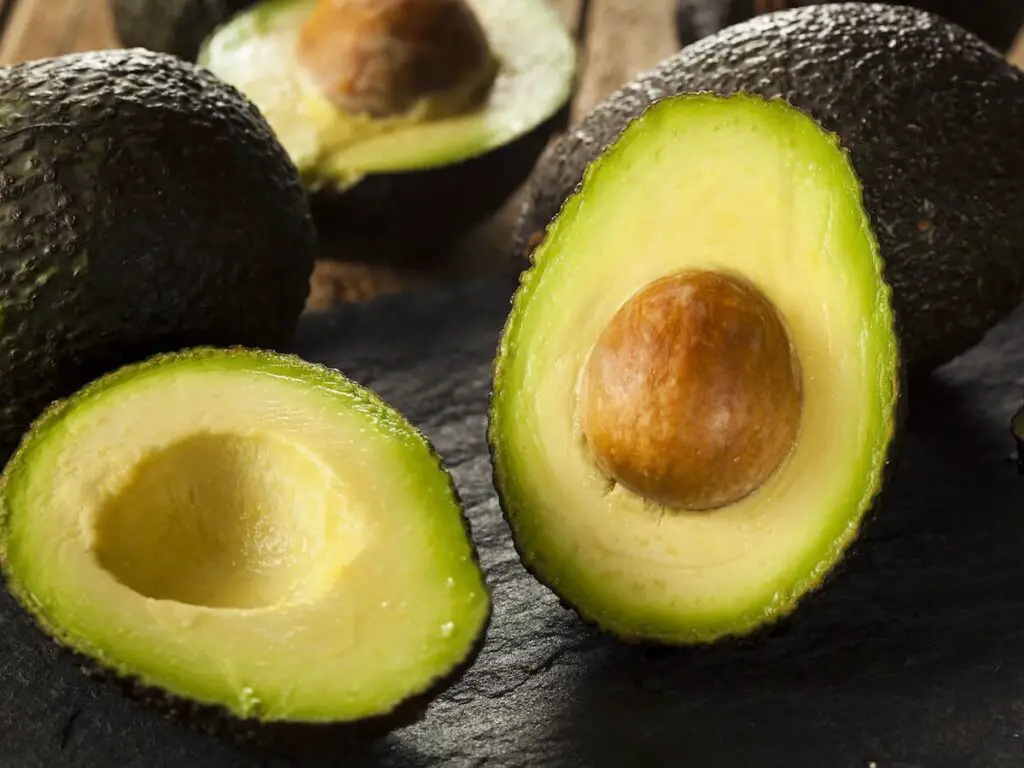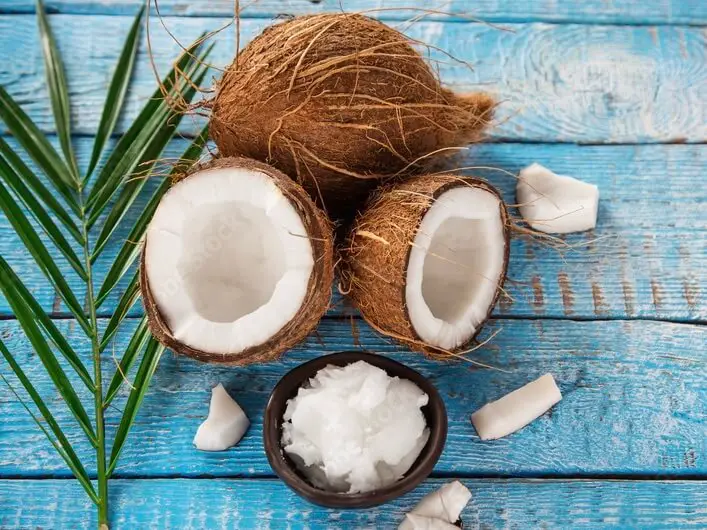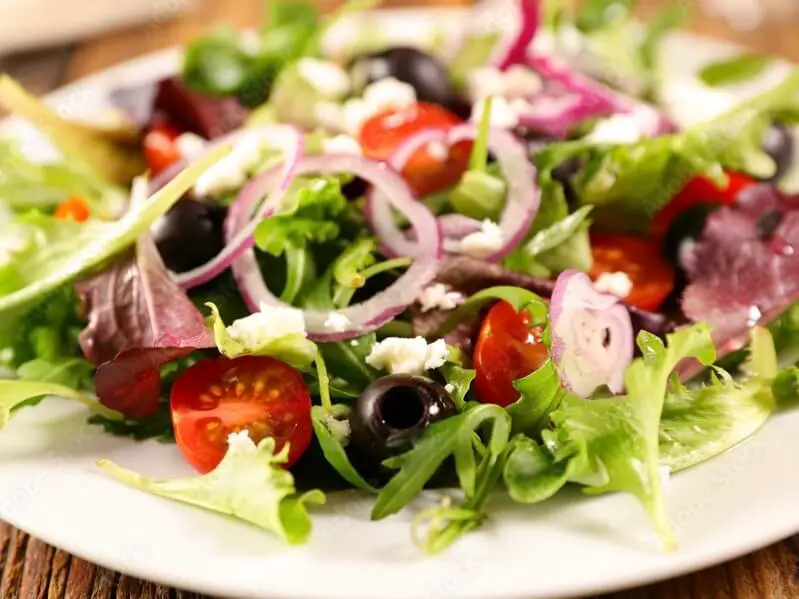As contemporary life grows hectic and convenience becomes a deciding factor in meal planning, ultra-processed foods have become ubiquitous in our food supply. Unveiling the layers of these products, we will explore the true definition and hidden characteristics of ultra-processed foods, moving beyond obvious junk food to the lesser-known contenders in ‘health’ food categories.
Encompassing a range of additives, preservatives, and newfound ingredients, ultra-processed foods chart new territory in our nutritional landscape. Beyond simple recognition, we will grapple with understanding how these foods have silently infiltrated our daily diets and their vast implications on our health and wellbeing.
Table of Contents
- Defining Ultra-Processed Foods
- Realizing the Ubiquity of Ultra-Processed Foods
- Health Implications of Ultra-Processed Foods
- Alternatives to Ultra-Processed Foods
- Related Question
Defining Ultra-Processed Foods
You’ve probably heard the term “ultra-processed foods” buzzing around lately. With health and wellness taking center stage in style-savvy, Instagram-worthy lifestyles of late, it’s worth taking a moment to delve deep into these words – ultra and processed.
Ultra-processed food is a term that’s been coined to describe food that’s been significantly modified from its natural state. These foods cross over various processing steps, including adding sugar, oil, and salt to add chemicals that imitate the taste of natural food.
Now, picturing food in a lab-like setting might seem a little unsettling. Before every modern city dweller panics, let’s glimpse what these ultra-processed foods are. Think the neon pops of Cheetos, the glossy coating on donuts, the instant magic of ramen noodles, or even the seemingly innocuous bottled salad dressings.
These aren’t foods that merely underwent some degree of processing for safety, longevity, or convenience (like milk being pasteurized or canned beans that need a good rinse and are good to go). Ultra-processed foods are often “ready-to-eat” or “ready-to-heat,” loaded with additives for flavors, textures, and longer shelf life. Yes, it’s true. That’s how your ‘microwave meal’ survives the journey from the freezer section to your plate weeks later.
Are ultra-processed foods bad? Well, the answer might not be a simple yes or no. While they’re not optimal nutrition-wise, it’s essential to acknowledge the overall diet. Anyway, it’s not the end of the world if you’re occasionally indulging in a sugar-glazed donut or white cheddar popcorn for a Netflix night in.
However, consistently reaching for these ultra-processed foods instead of fresh, whole foods can lead to undesirable health effects. Studies suggest a link between high consumption of ultra-processed foods and increased risks of obesity, heart disease, and even depression. Nothing that such a fabulous tribe would enjoy, right?

Therefore, balance is the best approach in this oh-so-stylish, grand scheme of life. There’s no need to restrict yourself from the foods you love, but consider them treats rather than staples in your diet. Mix your plate with abundant colorful fruits, vegetables, and whole grains— all great for that radiant glow.
And remember, with a world of culinary delights at our fingertips; there’s always a chance to seek out healthier options that are just as tasty. The next time you reach for that pre-packaged muffin, consider making your own with whole ingredients. Why not add some flair with a sprinkle of chia or flax seeds? Now that’s a lifestyle fit for the ‘gram!
Until the next trendy health topic sweeping across our feeds, here’s to living well and eating even better. You know what they say: you are what you eat, so let’s naturally skip ultra-processed and opt for ultra-delicious!
Realizing the Ubiquity of Ultra-Processed Foods
“Living Your Best Life by Kicking Ultra-Processed Foods to the Curb!”
Pulling into the drive-thru after a long day can be tempting. But all those synthetic and chemical additives hidden inside those fast-food burgers and high-sugar drinks? Not so tasty. When it comes to ultra-processed foods, understanding the impacts on health and wellness is essential.
Ultra-processed foods differ drastically from their minimally processed counterparts. Unfortunately, their alluring qualities — fast, cheap, and convenient — come with an unhealthy catch.
These products are saturated with synthetic additives, high-fructose corn syrup, artificial flavors, and trans fats, all of which are easily absorbed by the body, a nightmare for any health-conscious individual. There’s no way around it. These foods have been linked to numerous health issues like diabetes, heart disease, obesity, and more.
But it’s not all doom and gloom!
With a balanced diet at the forefront, embracing whole foods becomes integral to overall health. Whole grains, fruits, vegetables, and lean proteins are brilliant alternatives to those synthetic, pre-packaged snacks in the kitchen cabinet. They’re loaded with everything needed to power through the day — natural sugars, fibers, beneficial fats, and essential vitamins.
When achieving that perfect balance, consider eating habits a lifestyle, not a diet. Try not to associate ‘food’ with ‘restrictions’ or ‘limitations.’ Instead, please focus on the nourishing benefits of whole foods and the energy they offer.
Moreover, preparing meals at home can make a significant difference. There’s excitement in trying out new recipes, the quality bonding with loved ones in the kitchen, not to mention the satisfaction of creating a meal from scratch. Plus, it’s easier to control what goes into the body when personally making the meals.
Today’s world offers countless options for healthier alternatives to ultra-processed foods. Try swapping out chips with trail mix or candy with dried fruits. Take small, meaningful steps towards healthier eating habits. Remember, lasting change doesn’t happen overnight. It’s a gradual, consistent process.
Living well and eating healthily isn’t just about looking fab (though that’s a fantastic bonus). It’s also about feeling confident and energetic, focusing on mental health, and taking a proactive role in personal wellbeing. Cut the ultra-processed foods loose and see the essence of living well and eating better come to life!
Giving up ultra-processed foods might be challenging but wholly worthwhile. Embrace this adventure and start the journey towards a healthful, gratifying lifestyle. It’s never too late to cultivate a healthier relationship with food. Lifestyle is a choice. Choose wisely!
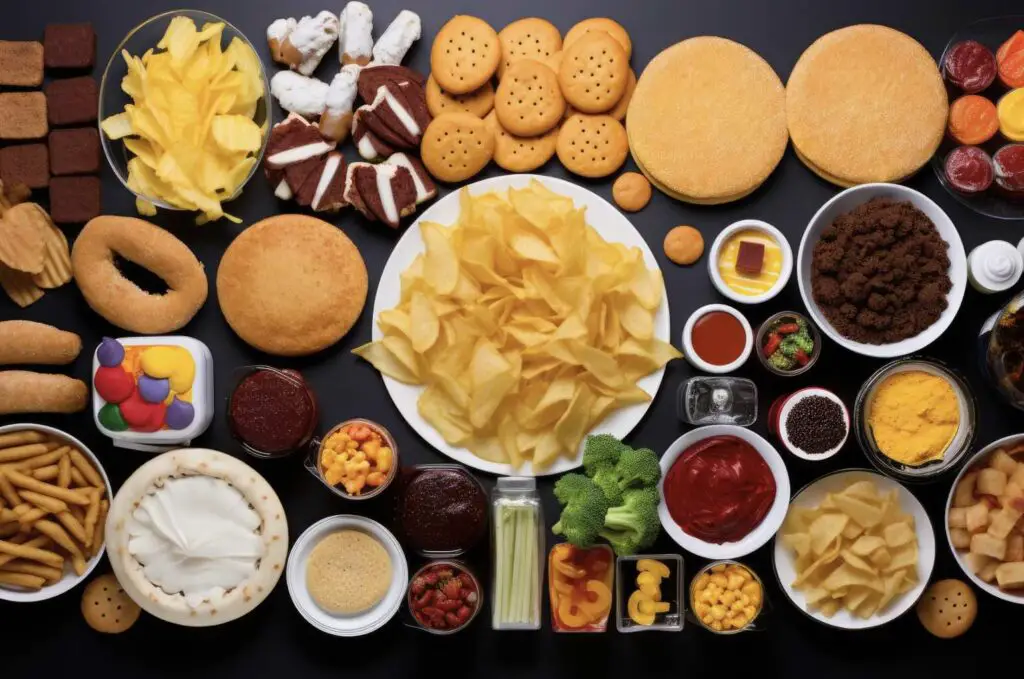
Health Implications of Ultra-Processed Foods
Are you pondering over the glamorous appeal of ultra-processed foods striking us from every corner in grocery stores and convenience markets? Well, it’s more than just enticing packaging and crafty marketing strategies.
Although super convenient and versatile, ultra-processed foods come with an underside that isn’t as glossy as their appearances portray.
But let’s pause here and ask: Have you ever heard of the phrase, “All that glitters is not gold?” Yes? Well, it fits impeccably into the realm of ultra-processed foods. Peek behind the curtain of their sparkly appeal, and it’s a Pandora’s box waiting to be opened.
Here’s a shocker – most ultra-processed foods are packed with additives. Artificial colors, preservatives, sweeteners, flavor enhancers: you name it. Some ingredients in the list would make it seem like one’s dealing with a science experiment, right? These additives, not usually found in home kitchens, can lead to health implications more than one bargained for.
Linking health issues like diabetes, heart ailments, and obesity to ultra-processed foods is not unheard of. Brace yourself, though – they also unavoidably add to the rise in mental health issues. That’s right! Like the saying, “You are what you eat,” these foods can profoundly impact mental health, making dietary choices even more critical.
So, what’s the way forward? Let’s get back to basics. Define a brand new relationship with food. It’s not about restrictive diets; it’s about embracing the proper habits. Prioritize fresher, minimally processed whole foods. Try to match the intense colors of these ultra-processed food packages with natural vegetables. Now, that’s a challenge worth taking!
Emphasize homemade meals because not only does it allow control over ingredients, but it’s also a chance to get creative. Imagine turning a simple homemade meal into an Instagram-ready healthier and more elegant dish! Let’s face it: in an era of social media influencers, presentation matters, too!
Healthier alternatives are readily available and more accessible than ever. It’s just about making the right choice. Remember, every small step towards better eating habits is an investment in personal well-being.
In conclusion, giving up on ultra-processed foods might initially seem like a mountainous task. But believe this: the rewards reaped at the end of this journey will be truly priceless. It’s not just about expanding lifespan but enhancing the quality of life that counts.
The next time the allure of ultra-processed food catches the eye, shop wiser, plan more brilliantly, and choose better. It’s time to flaunt a perfectly curated lifestyle and immaculate health and wellbeing. Remember, true beauty lies within and starts with what one puts inside the body.
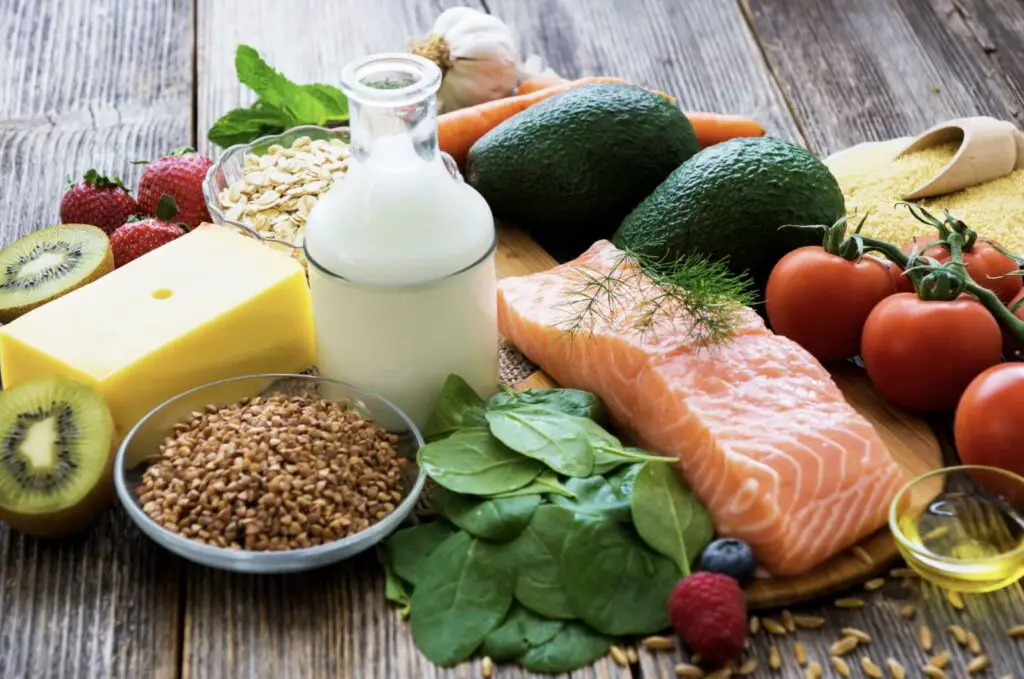
Alternatives to Ultra-Processed Foods
Taking Charge of What’s On Our Plates: Ditching Ultra-Processed for Real Food
Let’s dive right into the crux: eradicating ultra-processed foods from our diet can seem daunting, but it’s feasible. It all starts with being conscious of our daily dietary choices and embracing a flavorful exploration of whole foods.
Have you ever considered the benefits of a farmer’s market spree over a hurried, aimless trawl through the supermarket aisles? Unadulterated fresh produce, locally sourced and unfettered by industrial processing chains, is a feast for the palate and the body.
It’s been a hot minute since we stepped away from canned peaches and ventured towards fruits glowing in their natural hues, vegetables crunching with genuine earthy goodness, grains, and legumes bursting with nourishment.
Then, there’s the impressive world of independent, healthy snack providers to explore. Brands like Kind and Larabar serve delicious snack bars where you can recognize the ingredients – nuts, dried fruit, oats, and honey.
There are no incomprehensible additives, just real food conveniently packaged. Similarly, there are wholesome alternatives to pasta sauce in a jar or frozen pizza where fresh ingredients rule the roost.
Moreover, there’s the surprising charm of cooking at home. Instead of giving in to the lure of ready-made meals, let’s stir some passion into our pots. Crafting meals at home allows us complete control over the ingredients.
All it takes is switching on a podcast or some favorite tunes, and cooking transforms into a therapeutic process, a joy rather than a chore. It would be remiss to skip over the Instagram-worthy dishes one can plate up with fresh products – the colors and the plating artistry inspired by top-rated shows like Masterchef!
Of course, making drastic dietary changes overnight is a recipe for failure. A critical aspect of moving towards a healthier lifestyle is incremental changes. Knowing when to indulge, switch ingredients, or experiment with a new recipe all comes with gradual observation and learning.
Giving up ultra-processed foods is a strategy to avoid future health dilemmas and a step towards nourishing our body, mind, and soul. The rewards are tangible, not just in the reflection in the mirror, but in elevated energy levels, clearer skin, enhanced mood, and an overall sense of wellbeing.
Let’s reclaim the treasure of taste in whole, minimally processed foods, stepping away from ultra-processed imitations. And what’s more? Every bite taken mindfully becomes an Instagram story of inspiration for our followers, one plate at a time. #PlanPreparePlate.
Eating healthily is not just a habit; it’s a lifestyle, an Instagram-worthy, fashionable art of living. After all, we are what we eat. So let’s keep it accurate and keep the glam game strong in health, too, one bite at a time.
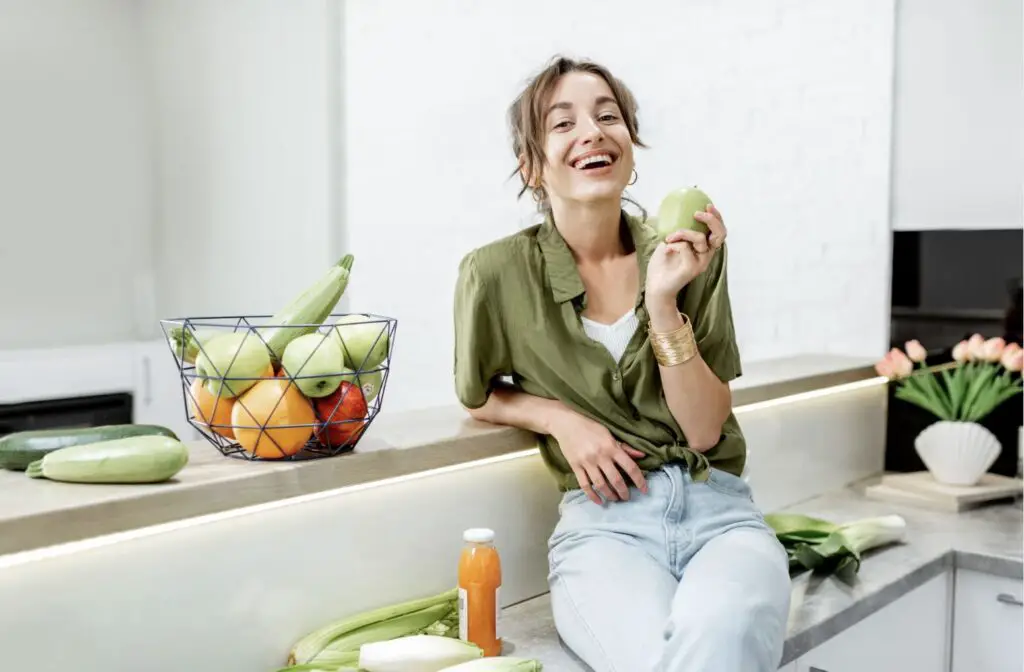
Cultivating awareness of these lurking culprits in our diets is the first step toward meaningful change. We have journeyed through the shadows of ultra-processed foods, understanding their stealthy omnipresence and the invisible toll they exact on our health.
However, the knowledge uncovered frees us to explore a world rich in healthier food alternatives. Practical, tasty, and accessible – these alternatives debunk the myth of inconvenience, showing us that a healthier lifestyle won’t necessitate sacrificing taste or comfort. The power of choice is in our hands, urging us to pick foods that satisfy our taste buds and nourish our bodies.
At Reluctant Low Carb Life, we are staunch advocates of the Health Trifecta: Fullness, Fitness, and Freshness. Additionally, we embrace the pillars of health, wellness, and graceful aging. Our mission is to provide honest and precise information to individuals dedicated to adopting a healthy lifestyle while enhancing their fitness and well-being.
We have a free monthly newsletter that is filled with information and helps you remain updated. Subscribe to the Reluctant Low Carb Life newsletter by clicking here.
Listen to our weekly podcast, Reluctant Low Carb Life, on all the major podcast platforms by clicking here.
Follow us on Instagram and Facebook by clicking here.
Related Question
Healthy Living, Healthy Mind: 100 Inspiring Quotes For Your Health And Living
This blog post gives you 100 great quotes about health and living. These quotes come from famous people all around the world and throughout history. They remind us how important it is to take care of ourselves. So, whether you’re just starting your health journey or need a little extra push, we hope these words inspire you to keep going.
You can read more about Healthy Living, Healthy Mind: 100 Inspiring Quotes For Your Health And Living by clicking here.
What Are The Fattest Countries In The World?
The United States is the most obese country in the world for the total number of obese people in one country and is also in the top 20 for the highest percentage of obesity by population. If you compare the population percentages for the most obese, the Cook Islands gets first place. Even if we compare the United States’ obesity rate to many European countries, it is still very high. This clearly shows that the United States has an obesity problem.
You can read more about What Are The Fattest Countries In The World? by clicking here.
What Is A Good Intermittent Fasting Diet Plan For Vegetarians?
We recommend that vegetarians consider going on a 16/8 hour intermittent fast; this is the same intermittent fasting we recommend for everyone, whether they are a vegetarian or not. The 16/8 intermittent fast means that you fast 16 hours per day and eat during a window of 8 hours per day. We find that most people can stay on this kind of fasting schedule.
You can read more about What Is A Good Intermittent Fasting Diet Plan For Vegetarians? by clicking here.
